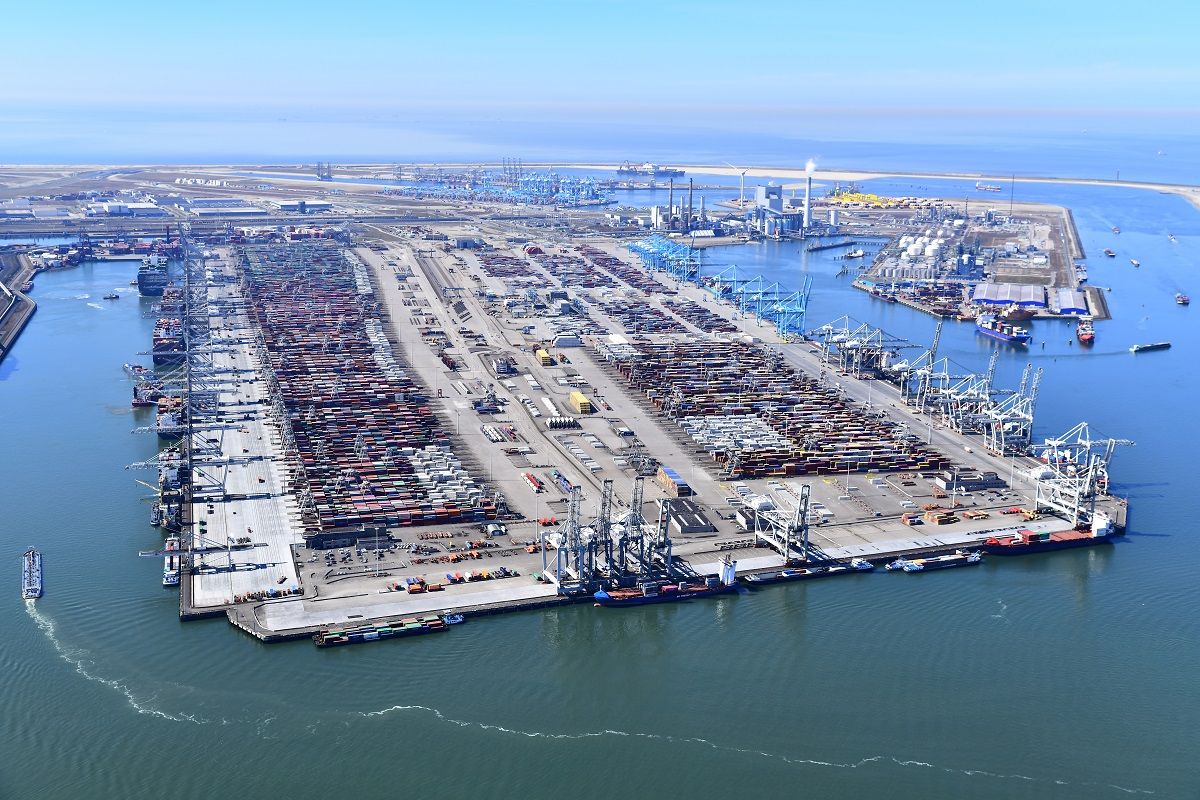A study by Fluor shows that it is technically and economically feasible to safely convert ammonia into 1 million tons of hydrogen per year using a large-scale cracker. The study was commissioned by the Port of Rotterdam Authority and 17 companies from the region.
Hydrogen and hydrogen compounds such as ammonia play a key role in the energy transition to replace natural gas, for sustainable transport and as a raw material for industry and green chemistry. A large part of the hydrogen needed in Northwest Europe will be imported, including in the form of ammonia, which is easier to ship than hydrogen. As a rule of thumb, 1 million ton of green hydrogen can help reduce CO2 emissions with about 10 million ton.
The study provides an inventory of available, proven technologies for converting (imported) ammonia into hydrogen. It also addresses the safety, space requirements, costs, logistical implications and expected emissions of a large-scale ammonia cracker and compares the use of one central cracker and storage location to setting up multiple, decentralized crackers or storage points.
The analysis shows that there are several proven techniques available that can be used on a large scale. An ammonia cracker also fits within the safety contours of the port and the industrial cluster in Rotterdam has the necessary experience and knowledge for the safe storage and transport of ammonia.

Fluor expects that a central large-scale cracker will result in lower costs than a decentralized approach, due to economies of scale and more efficient storage and transport of the hydrogen.
An ammonia cracker emits no greenhouse gases and only minimal amounts of nitrogen oxides. Moreover, the use of hydrogen in industry and transport results in large net reductions in emissions of CO2 and nitrogen oxides.
The industry in Rotterdam has many years of experience with the safe storage and transport of ammonia, which is used as a raw material for fertilizers, among other things. In the future, ammonia is also expected to play an important role in the decarbonization of sectors such as chemicals and shipping. Based on the study, the participants are discussing possible follow-up steps and projects.





